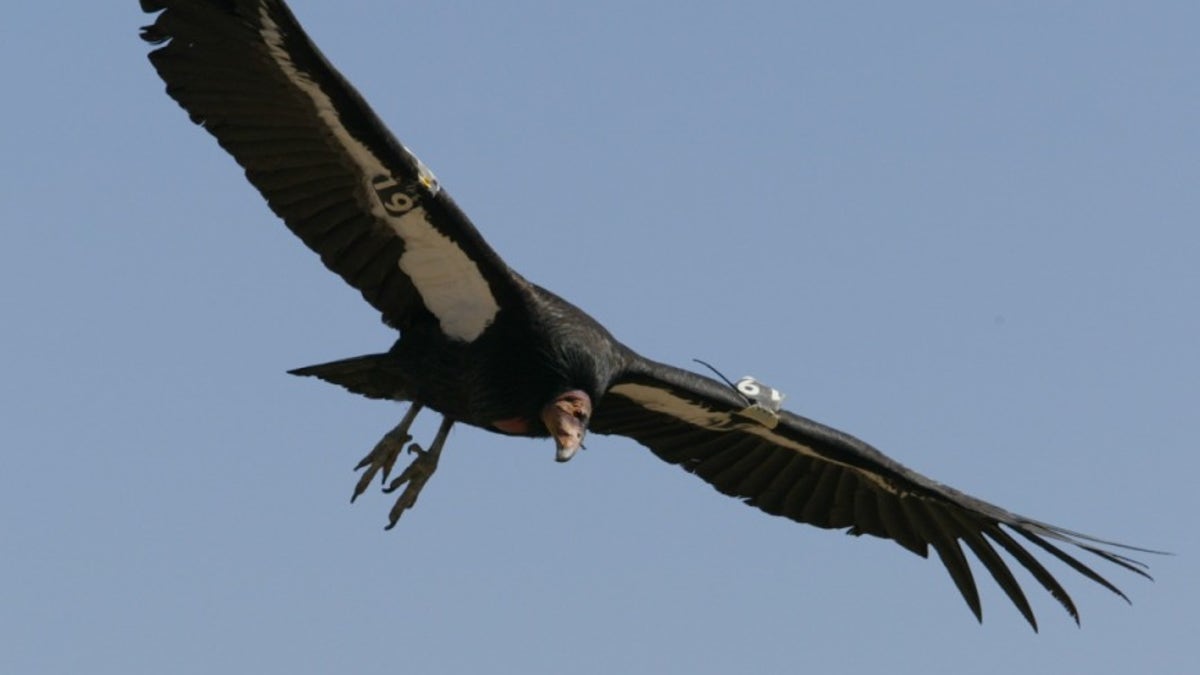
Residents of a small California town wish a certain endangered species would make itself scarce.
Flocks of California condors have descended upon Bear Valley Springs. Residents, who are allowed to do little to chase them away, say the huge birds peck off roof shingles, damage air conditioners and leave porches coated in droppings. And although the majestic birds, with a wingspan of nine feet, are widely admired, the gated community of about 5,200 about 80 miles north of Los Angeles has seen enough of them.
“A lot of people used to think seeing a condor was amazing,” local realtor Beth Hall told FoxNews.com. “After seeing the damage they have done, they have become less popular with people, myself included.”
[pullquote]
Unfortunately for the residents, the birds are protected by both federal and state law, leaving them almost powerless to take action. According to the U.S. Fish and Wildlife Service, 66 of the remaining 417 condors live in Southern California.
The condors caused significant damage on the outside of a rental property of Hall's, leaving her with big repair bills. The worst of it took place on her deck after one of the birds opened and spilled a can of white paint. Other condors tracked the paint all around on the deck, Hall said.
Hall also reported that the birds have covered the house in feces, nibbled at the wiring of the air conditioner and ripped off the screens of two sliding doors.
“They basically tore the screen to shreds,” Hall said. “They even damaged the frames.”
John McCamman of the U.S. Department of Fish and Wildlife, told FoxNews.com the birds are indeed destructive.
“They are just ripping stuff up,” McCamman said. “There was even an allegation that one of them was ripping up somebody’s shingles."
The condors have been under federal and state protection for over 40 years, and killing one can result in a fine, prison time, or both. McCamman's teams have been trying to gently coax the birds away.
“When the birds are causing damage to people’s property, we try to harass them without harming them,” McCamman said. “We are trying to get them to move along.”
McCamman says about half of the Southern California population is visiting Bear Valley Springs for the summer.
“We are having a community meeting to brainstorm potential solutions for the problem,” McCamman said. “We are trying to get them to avoid doing things that attract the birds, like not leave puddles of water behind, or leaving food out that they like.”
According to the California Department of Fish and Wildlife, the species has become endangered in large part to human activities over the past two centuries. Poison bait, environmental pollutants, and contamination from lead fragments have been major causes of death. Their eggs have also been threatened by growing numbers of ravens that follow the condor’s nesting range.
“We are concerned about the negative impact this has on the people," McCamman said. "Our goal is for coexistence.”

